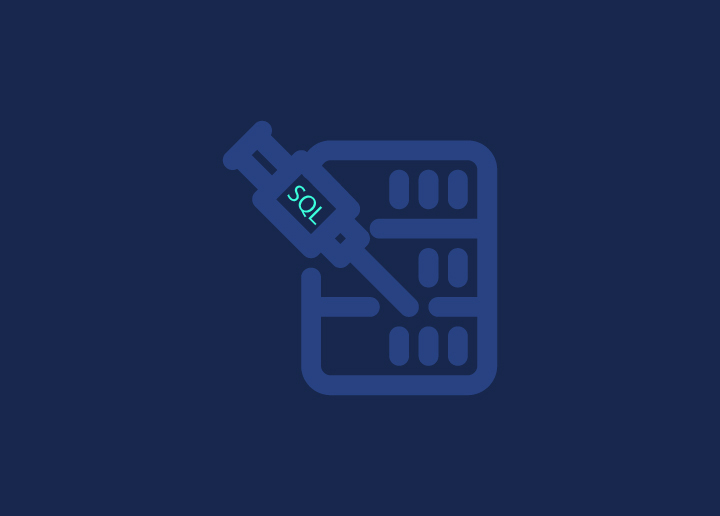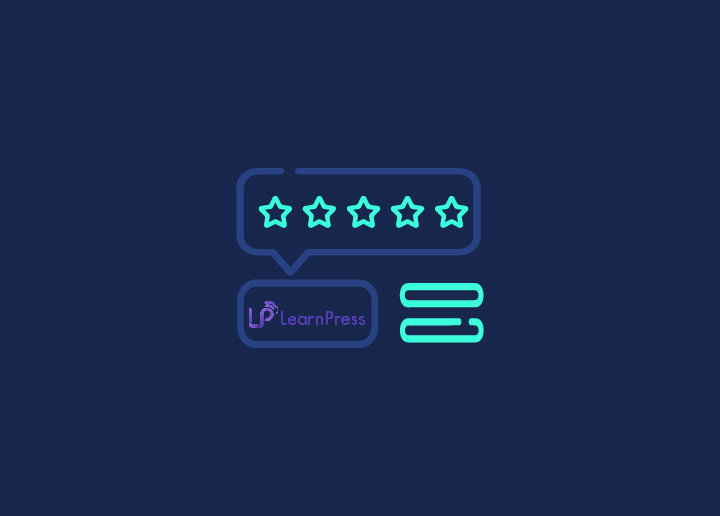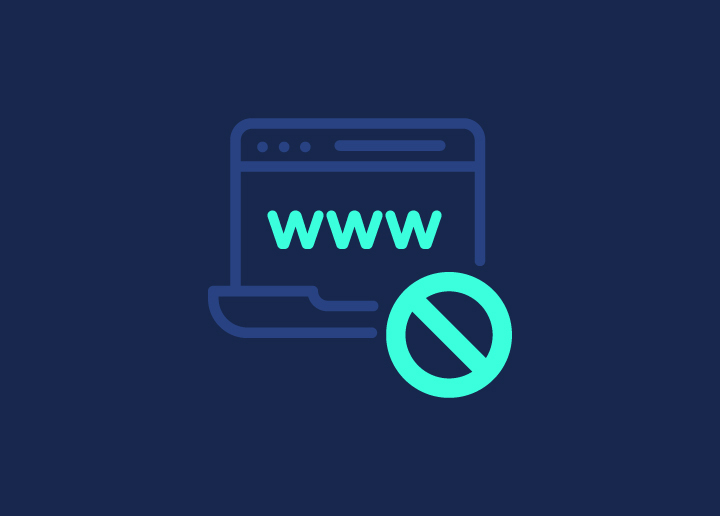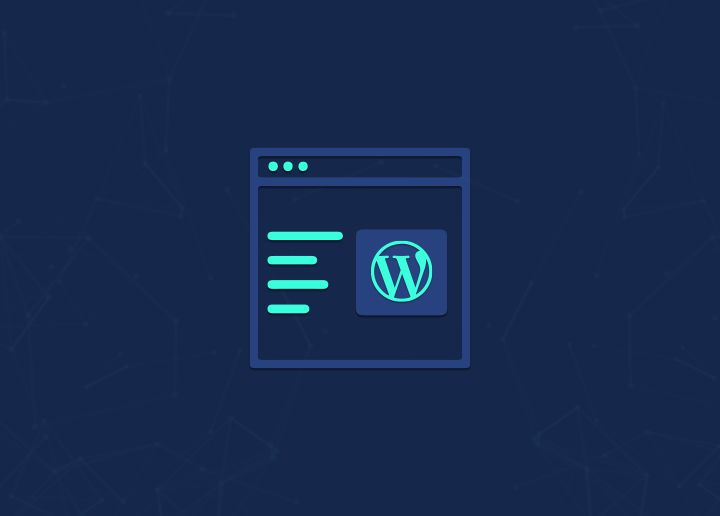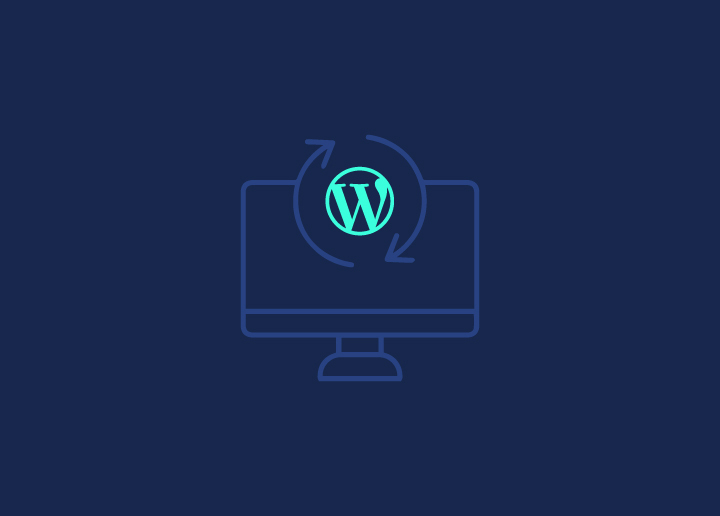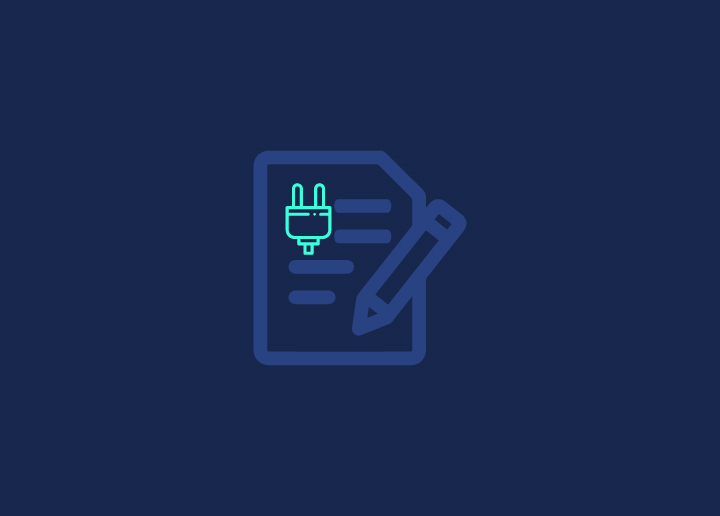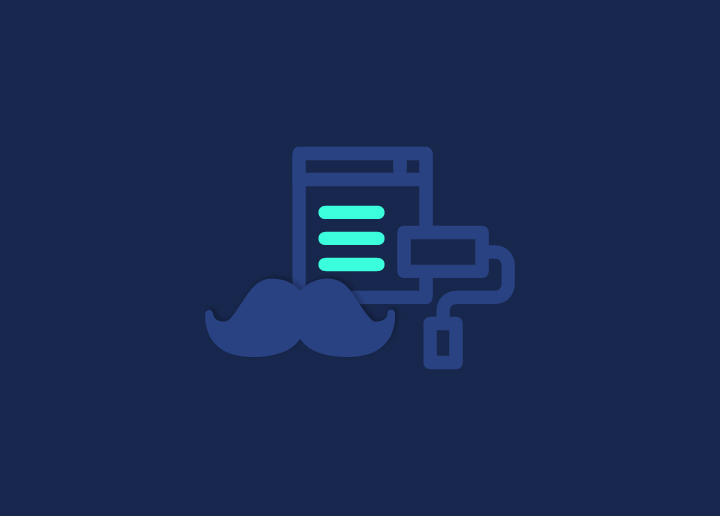The widgets that come included with WordPress are convenient. They make it possible for you to add a wide variety of additional material to your website that is not fit inside the body of the post or page itself. This content may encourage viewers to gather information, follow links, or take action.
What exactly are these “Widgets” in WordPress?
Widgets in WordPress are discrete chunks of material apart from the page’s main body or associated post.
Widgets are small modules that may be added to individual posts or pages to provide additional information, navigation, or media. You may register widget areas for specific pages, such as the main page, although in most circumstances, each widget will be shown on every page on the site. However, you can also register widget areas for specific pages.
To include a widget in your website, you must first incorporate it into a widget area. Your website’s theme is responsible for creating widget spaces since these areas are not functional but rather connect to the style and layout of your website.
The majority of WordPress themes have widget spaces in the sidebar and footer. However, some pieces include several widget areas in various locations, such as below or above the content or in the header.
When to utilize different types of WordPress Widgets?
When you wish to add material to one or more pages on your site (and when I say page, I mean articles, archives, and other similar sites), but that content isn’t already a part of the content on that page, you should make use of a widget. They are accommodating for displaying material you want to see on every page of the website, such as a list of your most recent blog articles, a shopping cart, or a button that prompts users to take action.
When deciding where to put each widget, you should consider the number of people who will require access to it and how vital it is. The widgets in the sidebar will have higher visibility than those displayed at the bottom, which some people could not even notice.
Therefore, a social network feed may go to the bottom of the website. At the same time, a widget displaying the most recent postings or a call to action could be placed in the sidebar, where visitors have a more significant opportunity to engage with the widgets.
Suppose your theme also has specialized widget sections for the main page. In that case, you may wish to use these areas to provide navigation to the various departments of your website, listings of information pertinent to the department, or even media like a video that welcomes visitors to the site.
Widget for recent blog posts
The Recent Posts widget may be the blog widget that is utilized the most often. It allows you to show a list of your most recent articles in the sidebar or bottom of every page on your site, which increases the likelihood that visitors will explore the area and read several posts.
When you install WordPress, a widget called Recent Posts will already be there for you to use. It allows you to specify the number of posts that will be shown and the headline that will appear above the widget.
Refer to Seahawk Media for more such articles.








